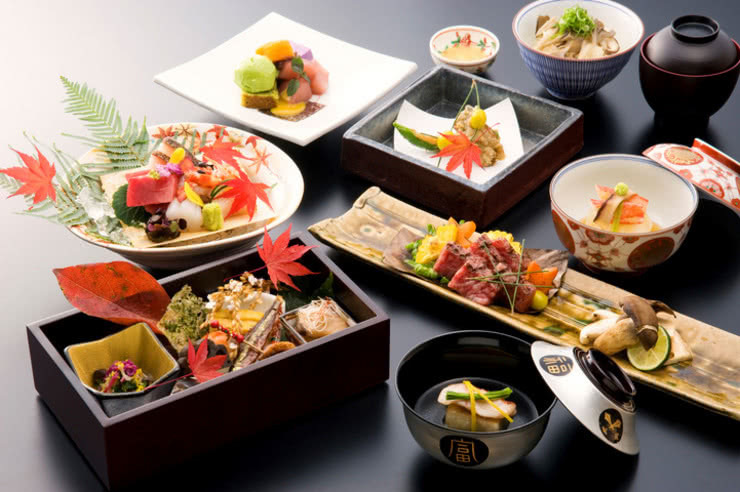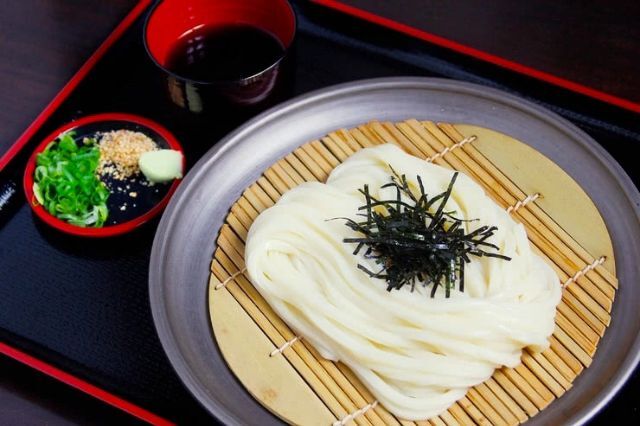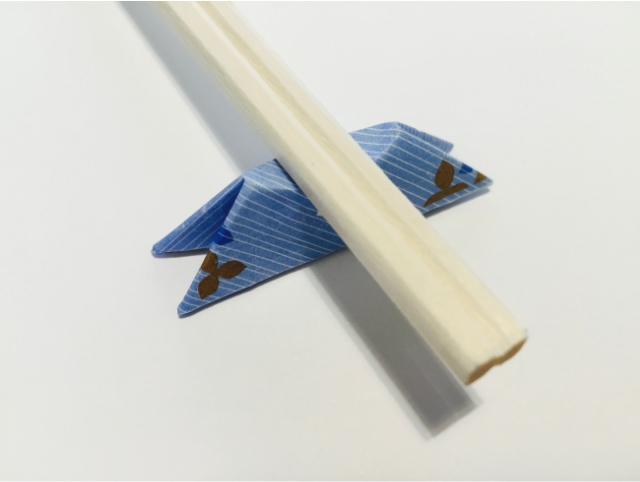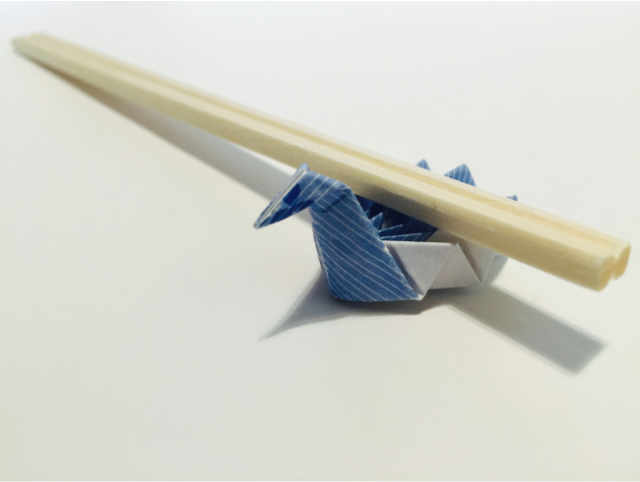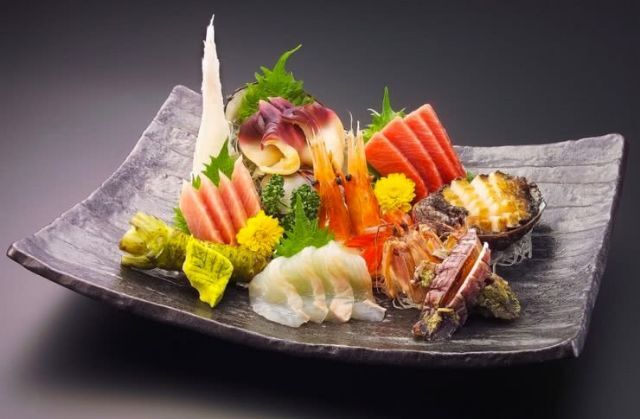![8 Classic Japanese Italian Food Fusion Dishes for the Ages]()
One of the most internationally recognized and widespread cuisines, Italian food is also ingrained in Japanese society.
Both Japanese and Italian cuisine share common elements, most notably, an emphasis on seasonality and simplicity. Japanese-Italian food adds its characteristic attention to detail, and a light, delicate touch. Similar to the way French food has permeated Japanese cuisine, Italian food is both faithfully represented, and given Japanese accents, such as incorporates local ingredients like mentaiko, yuzu citrus, myoga native ginger, shiso leaf and sakura ebi.
Continue reading 8 Classic Japanese Italian Food Fusion Dishes for the Ages
![Ebisu Restaurants: Hip Dining & Cuisines for all Occasions]()
Ebisu is a modern, urban neighborhood known for its refined style and sophisticated vibe. Conveniently located one stop from Shibuya Station on the Yamanote Line, Ebisu is just far enough from the crowds to provide a tranquil atmosphere while still being at the heart of the bustling Tokyo metropolis. With its numerous shops and trendy cafés, the area is highly popular among Tokyo residents and was, in fact, voted the number one neighborhood to live on the Yamanote Line.
Continue reading Ebisu Restaurants: Hip Dining & Cuisines for all Occasions
![Kaiseki Cuisine: Japan's Artful Culinary Tradition Explained]()
Japanese cuisine is among the most highly regarded in the world, and nowhere is Japan’s culinary prowess better demonstrated than in kaiseki elegantly presented dishes. It started as a simple meal meant to accompany Japanese cuisine. Kaiseki is a traditional Japanese tasting course comprised of many small, tea ceremonies, but over the centuries this culinary tradition has become the pinnacle of Japanese haute cuisine.
Continue reading Kaiseki Cuisine: Japan's Artful Culinary Tradition Explained
![Japanese Ingredients: 8 Foods of Summer's Seasonal Bounty]()
Japanese culture is famous for its emphasis on seasonality, a tradition that springs from the country’s varied climate with four distinct seasons and its Shinto background, a religion based on worshiping nature and natural forces. Even in modern times, this appreciation of all things natural can be seen in the various seasonal celebrations as well as Japan’s emphasis on eating foods at the peak of their seasonal freshness.
Continue reading Japanese Ingredients: 8 Foods of Summer's Seasonal Bounty
![Japanese Cold Noodles: Culinary Cool in the Heat of Summer]()
Noodles are an undeniably delectable staple the Japanese culinary repertoire. From temptingly thick udon noodles to tantalizingly thin buckwheat soba noodles, to wavy or long and straight ramen noodles, noodles come in every shape and texture in Japan and are enjoyed year-round. However, when temperature heats up and the days become languid with humidity, it is not a steaming bowl of noodles and hot soup, but rather a bowl of Japanese cold noodles, often chilled to perfection, that provides a refreshing respite from the sultry summer weather. Here are four essential Japanese noodle dishes for summer and some of the best places to enjoy them across the country.
Continue reading Japanese Cold Noodles: Culinary Cool in the Heat of Summer
![Yokohama Chinatown Restaurants: 6 Great Gems of Chuka-ryori]()
Yokohama Chinatown, located about 30 minutes away from Tokyo by train, is the largest Chinatown in Japan and throughout Asia. The busy district was established in the late 1800s as an international port and today is a popular urban destination both for sightseeing and dining. Yokohama Chinatown is bordered by four colorful gates, one on each side, and contains over 250 Chinese-owned or Chinese-themed shops and restaurants within the space of about 300 square meters. It’s an excellent place to try various styles of Chinese food, from spicy Sichuan cuisine to Taiwanese Chinese food to the Japanese style of Chinese food known as chuka-ryori. Here are 6 Yokohama Chinatown restaurants that offer a tantalizing glimpse into the wide variety of Chinese cuisine that the area has to offer.
Continue reading Yokohama Chinatown Restaurants: 6 Great Gems of Chuka-ryori
![Origami Chopstick Holder: Boat Instructions in 13 Easy Steps]()
While making your epicurean travels through the metropolitan hubs and back roads of Japan, you are likely to find yourself with a pair of bamboo chopsticks in hand. Whether dining in upscale eateries or hole-in-the-wall ramen shops, we invite you to add a dash of charm when dining out with chopstick holder origami. Keep reading below to learn how to make a whimsical origami boat or try your hand at the grandeur of Mount Fuji or a graceful swan.
Continue reading Origami Chopstick Holder: Boat Instructions in 13 Easy Steps
![Origami Chopstick Rest: Mount Fuji Instructions in 8 Easy Steps]()
While making your epicurean travels through the metropolitan hubs and back roads of Japan, you are likely to find yourself with a pair of bamboo chopsticks in hand. Whether dining in upscale eateries or hole-in-the-wall ramen shops, we invite you to add a bit of charm when dining out with chopstick rest origami. Keep reading below to learn how to make a miniature Mount Fuji or try your hand at a whimsical origami boat or a graceful swan.
Continue reading Origami Chopstick Rest: Mount Fuji Instructions in 8 Easy Steps
![Origami Chopstick Wrapper: Swan Instructions in 11 Easy Steps]()
While making your epicurean travels through the metropolitan hubs and back roads of Japan, you are likely to find yourself with a pair of bamboo chopsticks in hand. Whether dining in upscale eateries or hole-in-the-wall ramen shops, we invite you to add a dash of charm when dining out with chopstick wrapper origami. Keep reading below to learn how to make a graceful swan or try your hand at the grandeur of Mount Fuji or a whimsical boat.
Continue reading Origami Chopstick Wrapper: Swan Instructions in 11 Easy Steps
![9 Sendai Sushi Restaurants for Exquisite Seafood Experiences]()
Sendai, the capital of Miyagi prefecture, is located on the northeastern coast of Japan. The area offers some of the best scenery in Japan, with gorgeous mountains to the west, and Matsushima Bay on the Pacific Ocean to the east—one of the top three most scenic locations in the country. But home not only stunning scenery, the food of the region is also fantastic.
Continue reading 9 Sendai Sushi Restaurants for Exquisite Seafood Experiences




